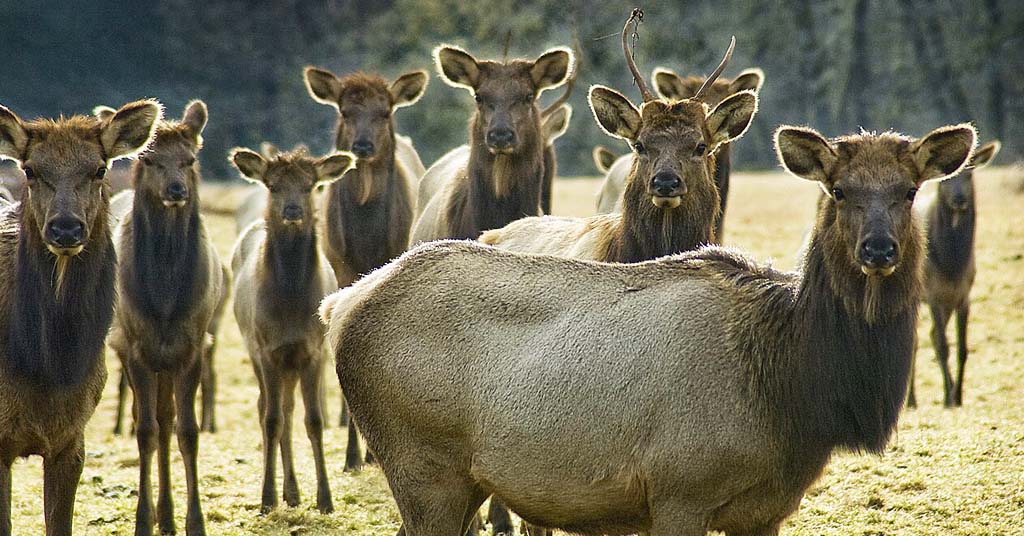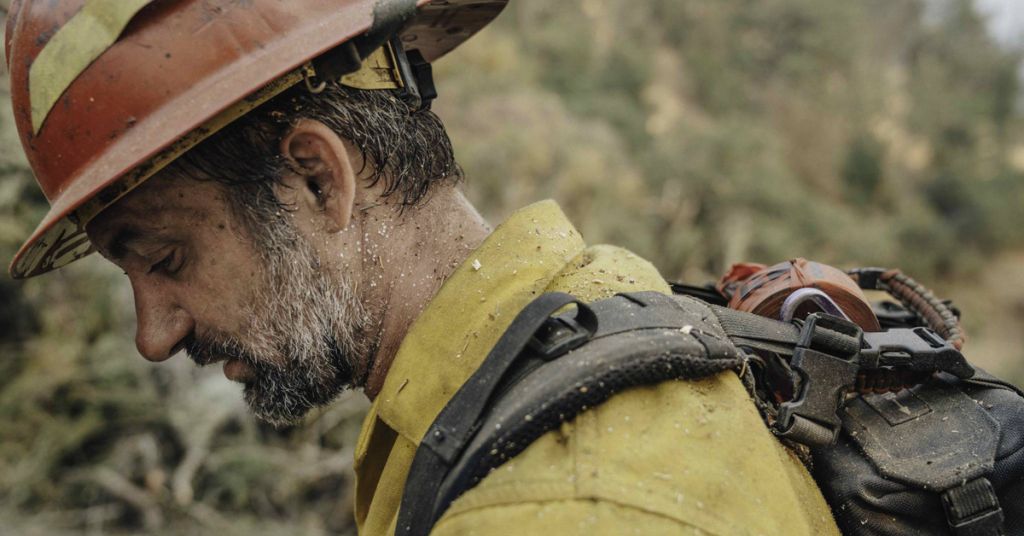A new novel from Eileen Garvin examines the plight of honeybees and their keepers in the Columbia River Gorge

By Lori Russell. April 29, 2021. On her way to pick up 10,000 honeybees on a spring evening in 2016, Eileen Garvin spotted a young man in a wheelchair rolling toward her at dusk. The Hood River writer and backyard beekeeper pulled to the side of the road and wrote down the opening sentence of what would become her first novel: “Jacob Stevenson had the tallest mohawk in the history of Hood River Valley High School.”
The Music of Bees, published this week by Dutton, is the story of three strangers brought together by chance and bound by the practice of beekeeping.
Recently widowed, Alice is a part-time beekeeper in Hood River, Oregon, who finds little fulfillment in her job at the local county planning office. After experiencing a panic attack one evening driving home with a load of bees, she meets 18-year-old Jake whose hopes of leaving rural Oregon—and his feuding parents—dissolved after a freak accident left him facing his future from a wheelchair. Impressed by the teen’s interest in beekeeping, Alice gives him a job and a place to stay on her farm.
MORE: The Basin’s 7 best B Corps
As the work of caring for the hives increases, Alice hires Harry, a shy 24-year-old who has drifted into town without plan or purpose.

Important engagement: Honeybee on native sunflower. Photo by Jurgen Hess
The trio develops an unlikely friendship and the honeybees thrive in their care. Until one day they don’t. Alice discovers a new pesticide introduced in the county is threatening the local honeybee population. As she, Jake and Harry work to save the bees and their environment, they uncover corruption that threatens their cause.
“Each of the characters have experience of grief and discontent in their lives,” Garvin says. “Each one is uniquely equipped to find their way to a better place.”
As she did in her acclaimed 2010 memoir, How to Be a Sister: A Love Story with a Twist of Autism, Garvin captures the nuance of moments that lead to change—a brief exchange with a coworker, the shared cooking of a meal, the cleaning and repairing of a bee frame.
Each chapter begins with a quote from L.L. Langstroth, the father of American beekeeping, adding insight into both humans and insects.
Gorge-centric story
Although the plot and characters in The Music of Bees are fictional, readers familiar with the Columbia Gorge will recognize the names of landmarks, roads and even a local brewery.
“As a travel writer for so many years, it’s part of my habit to be very specific about the names of things,” Garvin says. “It’s very clearly Hood River, so I wanted to make it as accurate as possible.”
MORE: How to forage and create a wild salad
The novel grew out of Garvin’s own experience as a backyard beekeeper and with grief. In the spring of 2014, she was home caring for her ailing canine companion of 16 years and decided it might be good to have something else to tend to when her dog was gone. She built her own frames, planted bee-friendly flowers and welcomed a hive of bees to her yard.

Relationship expert: Garvin has written about how sisters, friends and, now, bees interact with each other and their environments. Courtesy of Dutton
“I think it’s not uncommon for people to turn to practical labor when grieving,” she says. “We work with our hands when we don’t know what to do with our hearts. Beekeeping is nothing if not task-oriented.”
As a bee hobbyist, Garvin has experienced numerous setbacks, including the premature death of the queen in her first hive.
There’s been learning, too. Her interest in the winged creatures led her to help map native bumblebees for the Pacific Northwest Bumble Bee Atlas and write about it.
Last year, she enrolled as an apprentice in the Oregon Master Beekeeper Program through Oregon State University, taking classes and working one-on-one with a mentor.
From hobby to book
Honeybees make up less than one percent of the 20,000 known species of bees. Famed best for their production of honey, they’re essential pollinators for the sweet cherries, pears and apples grown in the Pacific Northwest.
“Honeybees are a really easy way for anyone to get an in as to why the environment and conservation are important,” Garvin says. “They can be understood by someone who is living in an apartment in Brooklyn, people with children, anyone who likes honey, anyone who goes to the park.”
“Garvin encourages individuals to help local bee populations by planting bee-friendly flowers—she uses salvia, lavender and blanket flower—and avoiding using pesticides containing neonicotinoids (the evildoers in the novel).”
She and her husband planted a variety of native flowers that bloom throughout the season in their own yard.
In an effort to create a pesticide-free, weed-free lawn, the couple agreed on what they call “the dandelion compromise.” Because the native flowers are a huge pollen source and one of the first to bloom in spring, Garvin lets them remain while her bees are building their brood, then removes them by hand after they flower.
“It works for us,” she says. “We’re not spraying poison and I’m not leaving them to go to seed and create more.”
The Music of Bees officially launches April 27.
“I had no idea that my little eight-frame hive would lead me to so many things: writing this book, connecting with other beekeepers, joining the apprentice program and writing about bees,” she says. “The bees continue to inspire me to keep trying new things and follow my interests, no matter how new and unfamiliar the territory.”
Lori Russell lives in The Dalles, Oregon.










Jurgen, One glaring error in this article. Neonics are pesticides not herbicides. They kill insects not weeds.
semi-retired Gorge beekeeper